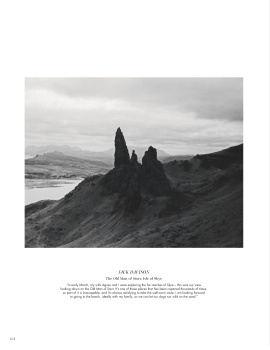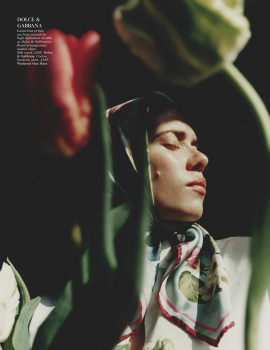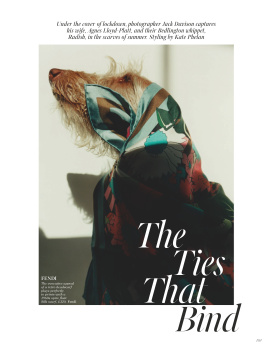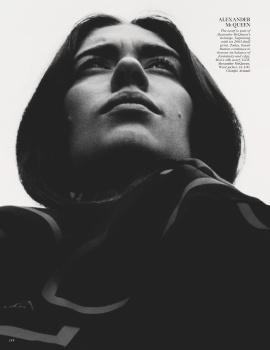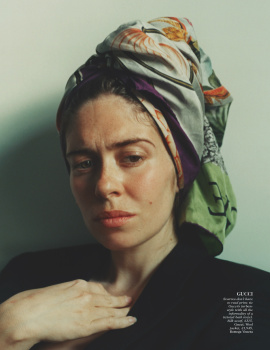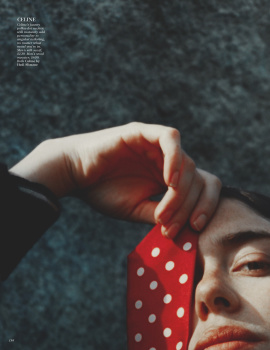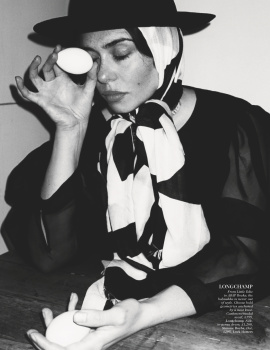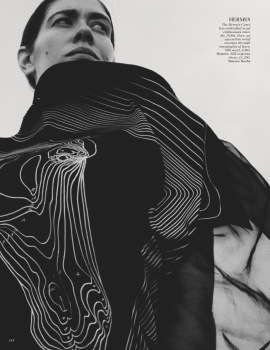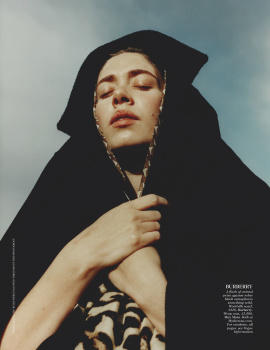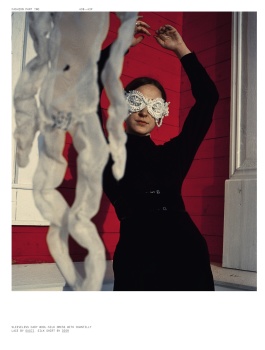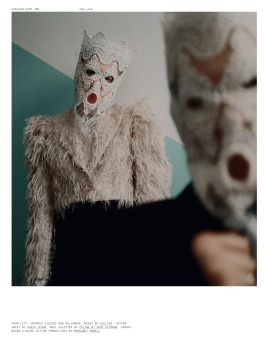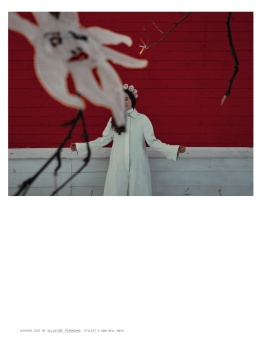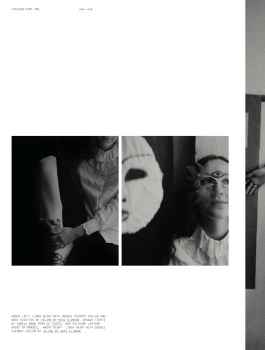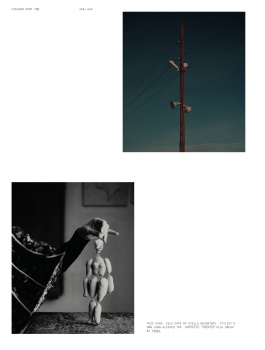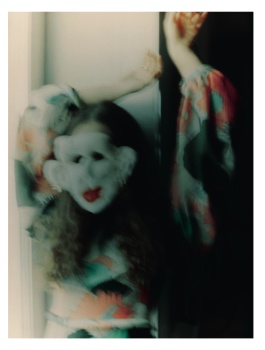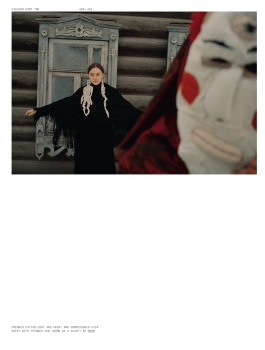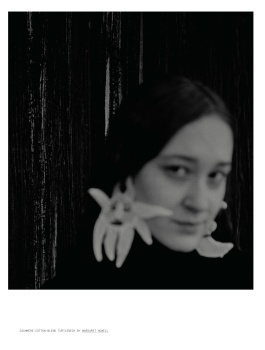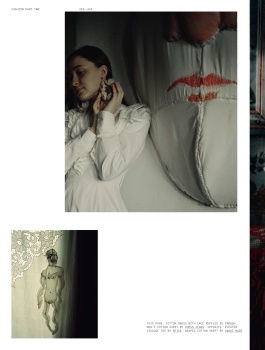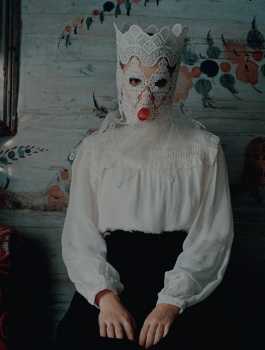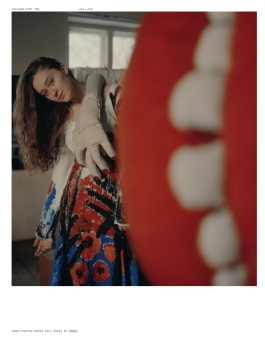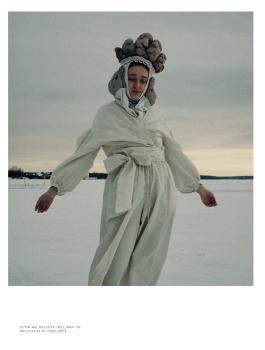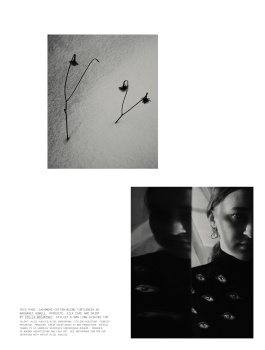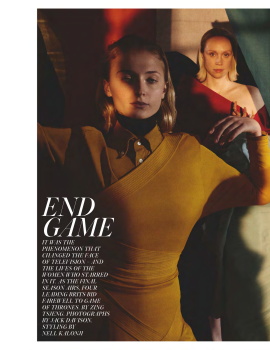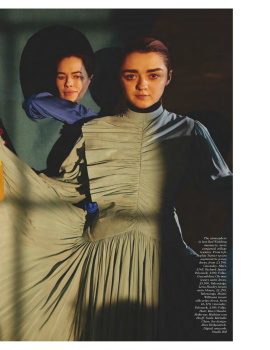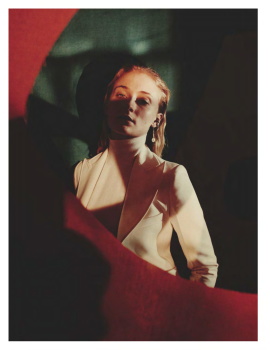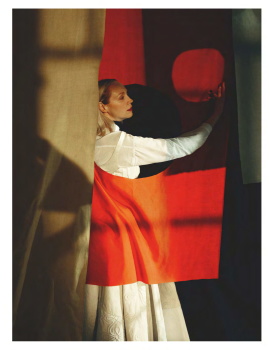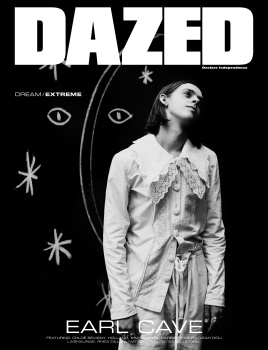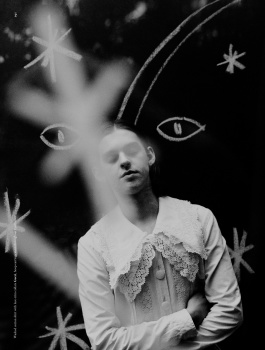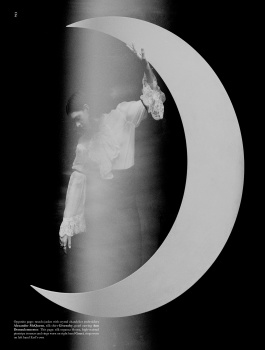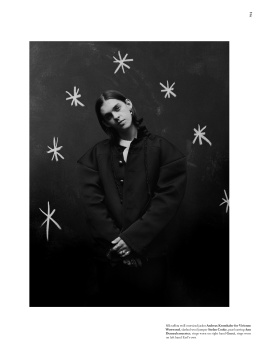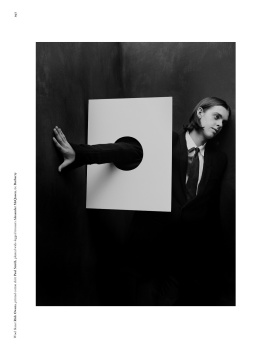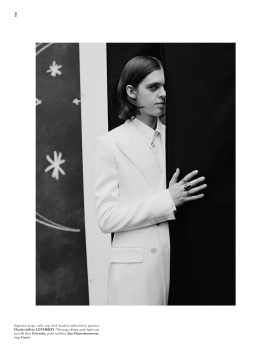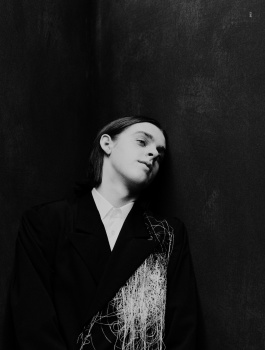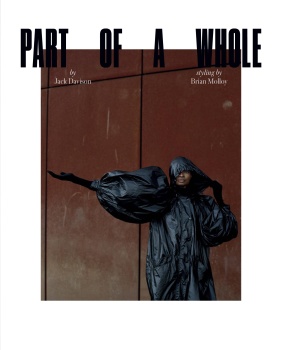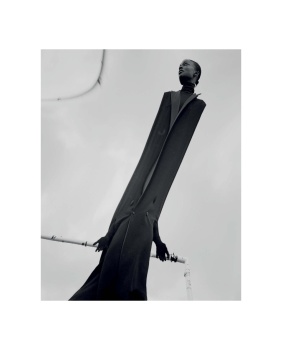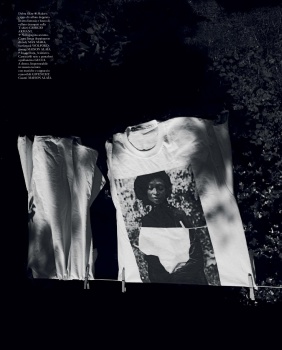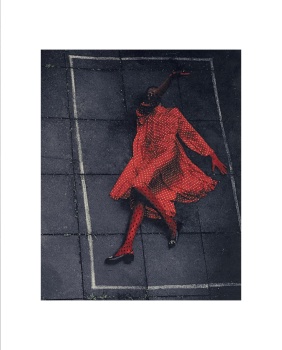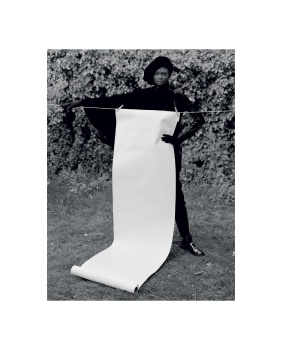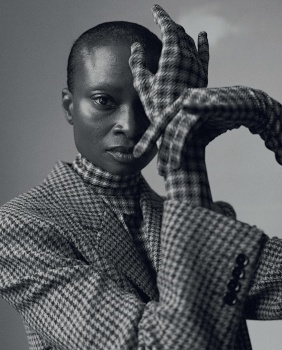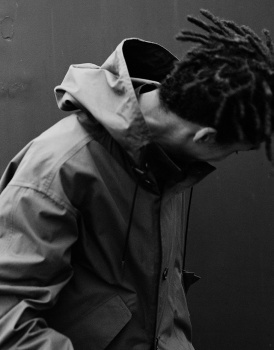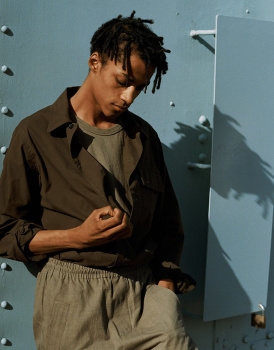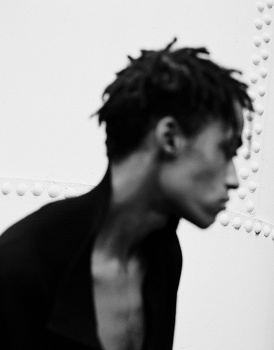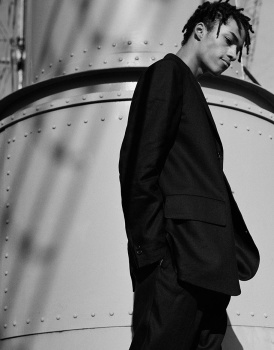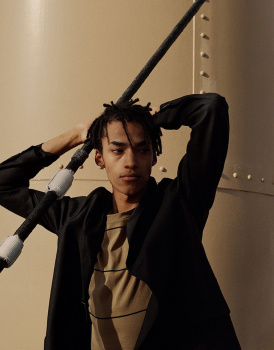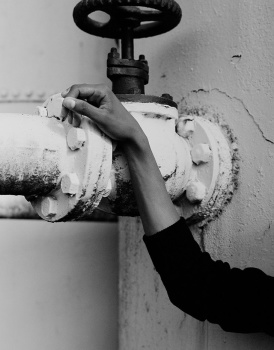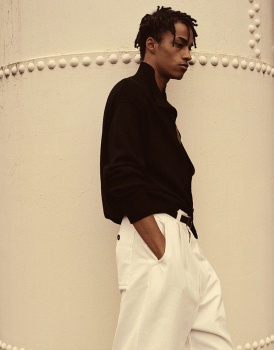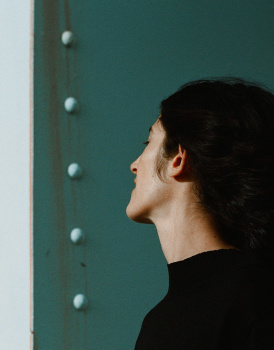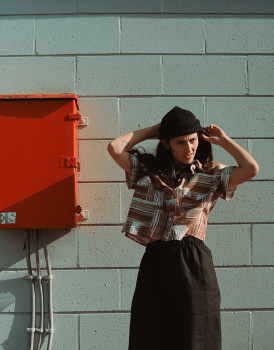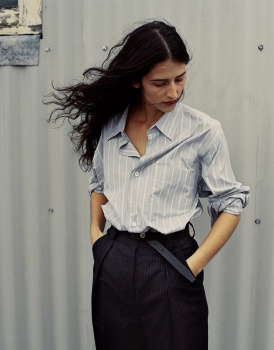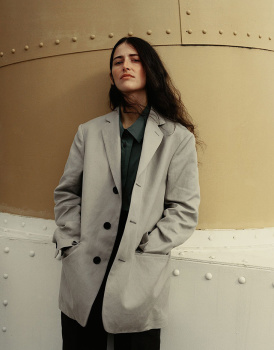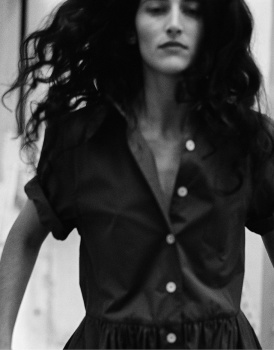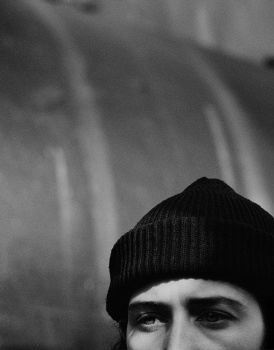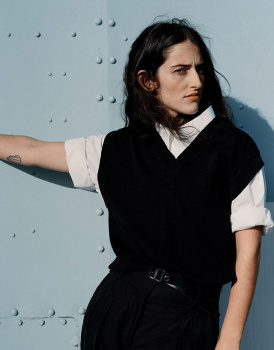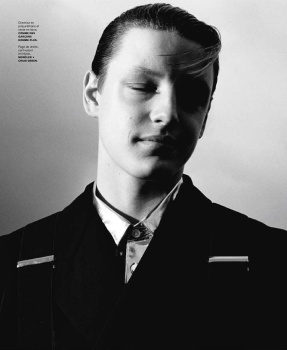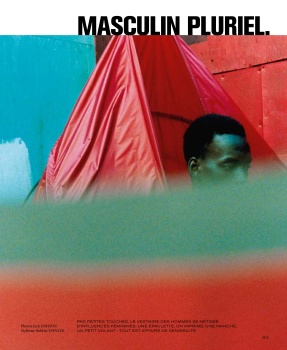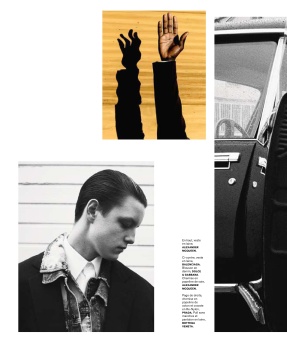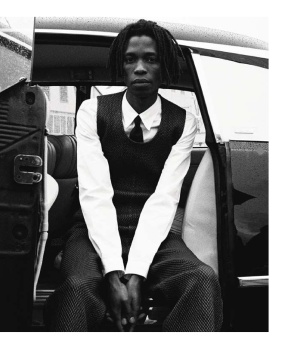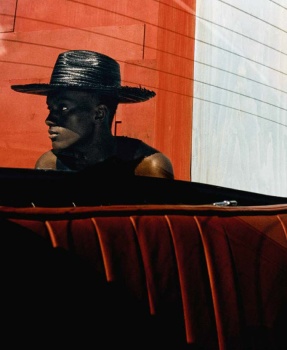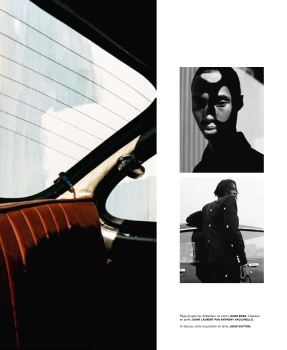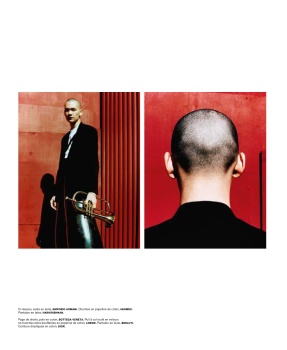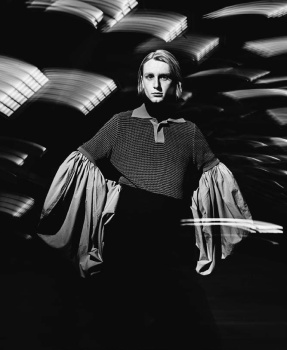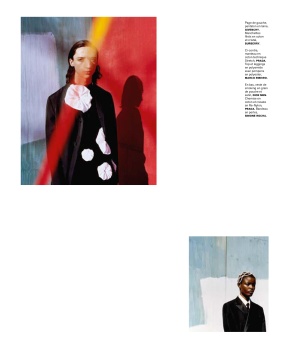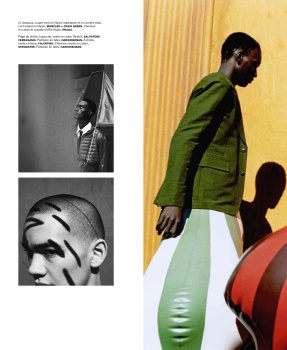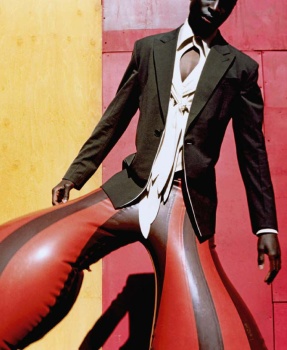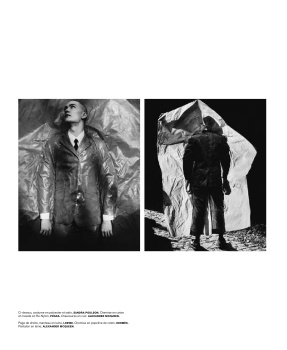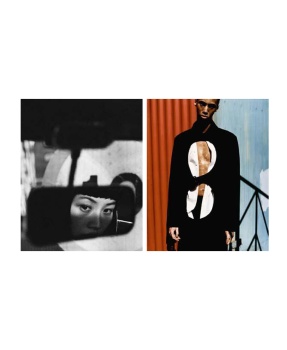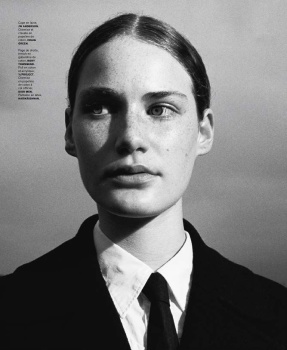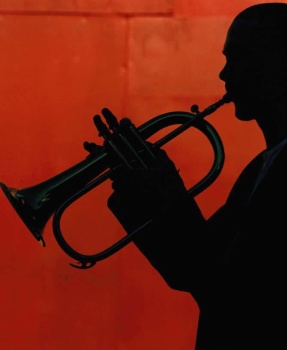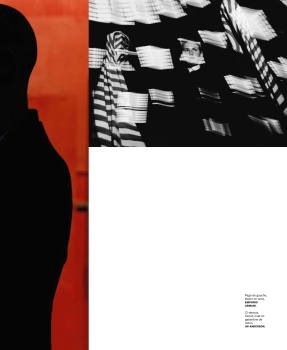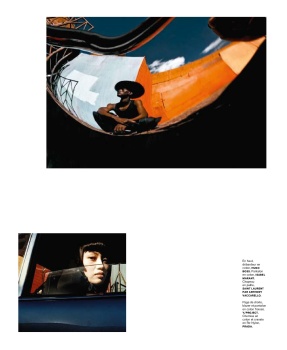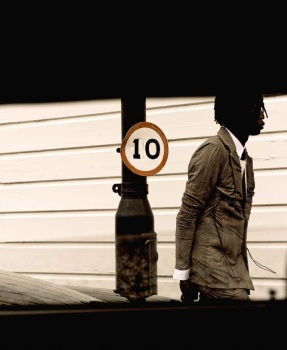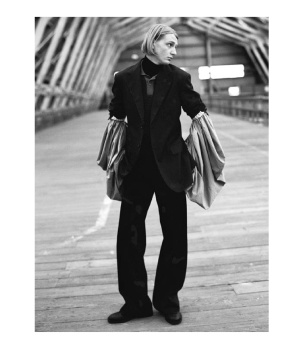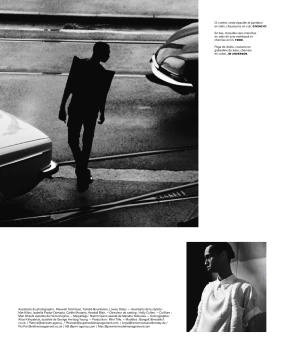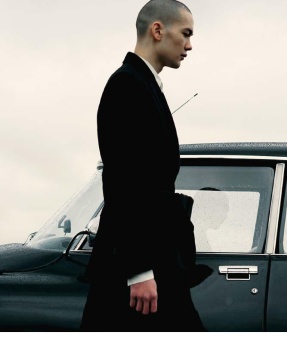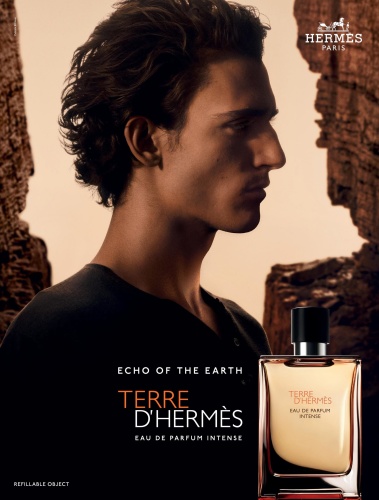Benn98
Well-Known Member
- Joined
- Aug 6, 2014
- Messages
- 42,582
- Reaction score
- 20,779

Photographer Jack Davison On His Distinctive Style And Greatest Inspirations
BY CAI LUNN
25 MAY 2019
As he releases his coffee table book Photographs, Vogue catches up with Jack Davison about how he got his start in the field, what makes a work of art, and why photography should always be a "conversation".
How did you acquire your first camera and start taking pictures?
Essentially I just started by stealing my dad’s camera. My dad isn't a photographer – he works in the building trade – but he always took pictures on family holidays. It was a tiny little Canon Ixsus. A phone camera these days would outstrip it for quality. Then it was me beginning to photograph everything and anything. I’d keep borrowing my dad’s camera and slowly but surely ended up taking all the family photographs. And then from there I haven’t really stopped.
Do you think taking pictures of subversive subjects was engrained in you from the beginning?
I don't believe that my photographs were subversive back then at all – but I was drawn towards surreal and fantastical things. All of the books I enjoyed as a kid included odd bizarre worlds and grand flights of imagination. I've always tried to recreate those leaps of fancy and a sense of playfulness in my work.
Which contemporary photographers do you admire?
I tend to look to long-dead photographers for inspiration – but there are lots of people doing interesting work at the moment, but some that immediately spring to mind are Chieska Fortune, Bolade Banjo, Sam Rock, and Lydia Roberts.
What about old masters?
Lots of the early modernists, around the Man Ray era. Walker Evans, Alfred Steiglitz, Lee Miller... Plus, I’ve always loved documentary photography so Vivian Maier, Koudelka, and August Sander. I’m really drawn to vernacular photography, so old "found" photos and the kind of images that turn up at flea markets. That love was born thanks to my friend Mark Michaelson, who introduced me to his mugshot collection and the book Least Wanted: A History of American Mugshots. There’s something beautiful to be found in photographs that were made as snapshots or created for a rudimentary purpose. Recently Stephen Gill’s book The Pillar really blew me away.
Where do you see the future of photography?
Since I tend to look back in time for references, it’s quite hard for me to say. I love that the medium has been levelled. A lot of people struggle with the fact that the process of taking pictures has been made so simple, but I think that the fact that your granny can pick up an iPhone and take the most incredible picture is quite exciting.
Do you think social media plays a part in a photographer's success?
I would say yes. Being smart about it can be really helpful. For me, when I was younger, it was the only way to engage with the wider world because I lived in a small village. The internet meant that I could look at other people's work and really opened up the kind of photography I had access too.
How do you establish a good rapport with your subjects?
I don’t bring out a camera for a while. I just talk to the subject first. Even if I’m doing a quick street portrait I try and embarrass myself really quickly so that they understand that I'm a human being. A lot of it is just being polite and respectful. If you expect someone to work with you, you also need to be willing to give something of yourself to them. Photography should be a conversation.
What makes a great photograph?
For me, a photograph should be able to hold its own, without context, and draw the viewer in – but, in all honesty, there’s no fixed rules as to what makes a photograph great.
Vogue/Dazed

